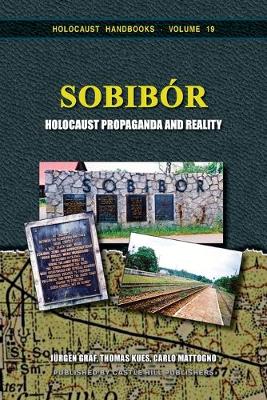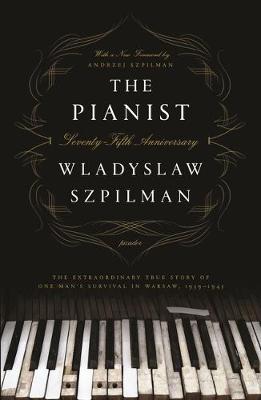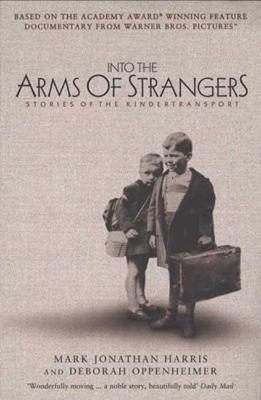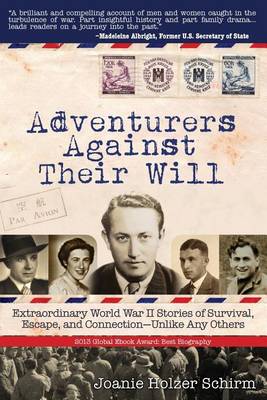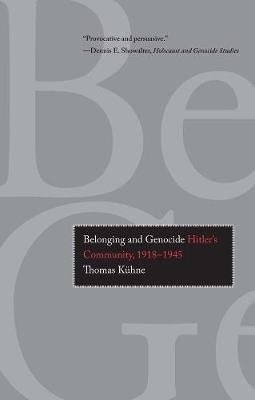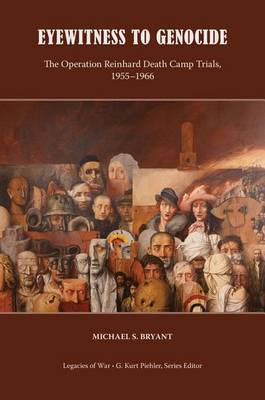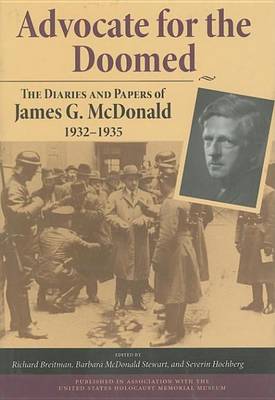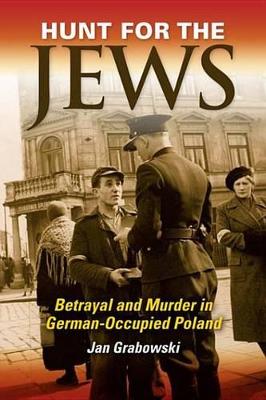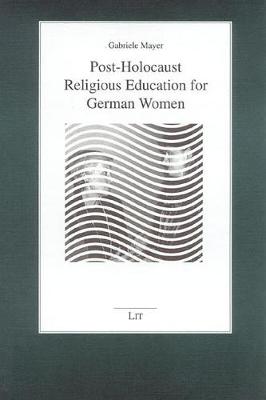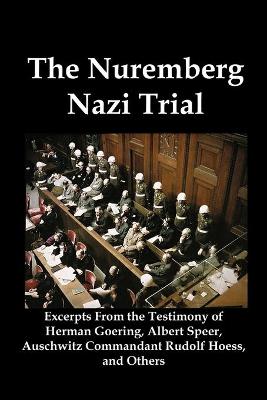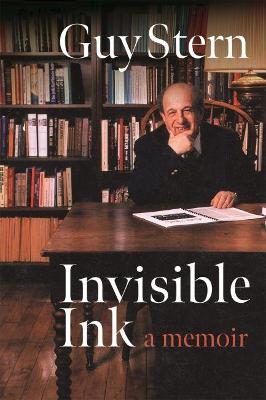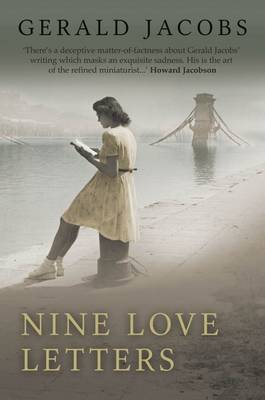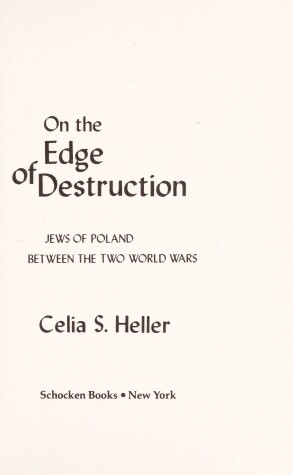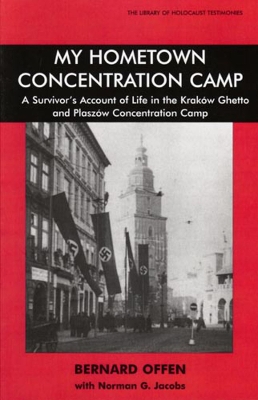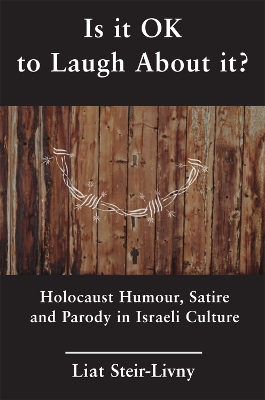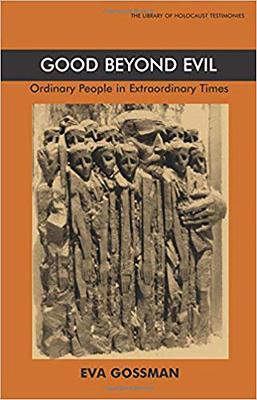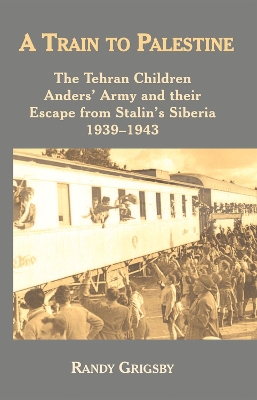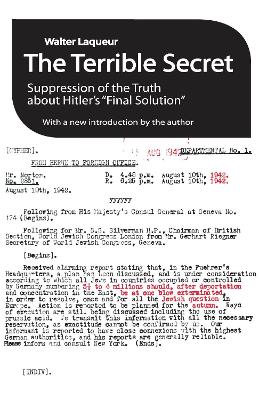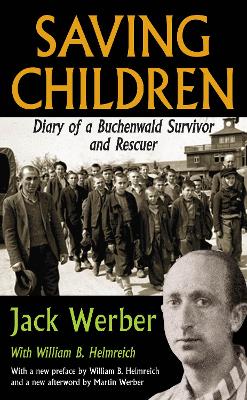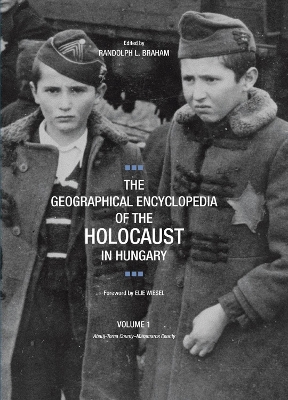Sobibor (Holocaust Handbooks, #19) (Holocaust Handbook, #19)
by Jurgen Graf, Thomas Kues, and Carlo Mattogno
The Pianist (Seventy-Fifth Anniversary Edition)
by Wladyslaw Szpilman
The Nazi Past in Contemporary German Film: Viewing Experiences of Intimacy and Immersion (Screen Cultures: German Film and the Visual)
by Axel Bangert
How has the German image of the Nazi past changed since the reunification of East and West Germany? And what role have cinema and television played in this process? This intriguing study argues that since 1990, the two media have turned toward inner German experiences of the Third Reich. From intimate portrayals of ordinary Germans and Nazi leaders to immersive spectacles of war and defeat, German film has focused on portraying the Nazi past from within. Stimulating and accessible, combining clo...
No one has ever posed a satisfactory explanation for the extreme inhumanity of the Holocaust. What enabled millions of Germans to perpetrate or condone the murder of the Jews? In this illuminating book, Thomas Kuhne offers a provocative answer. In addition to the hatred of Jews or coercion that created a genocidal society, he contends, the desire for a united "people's community" made Germans conform and join together in mass crime. Exploring private letters, diaries, memoirs, secret reports,...
One of the deadliest phases of the Holocaust, the Nazi regime's "Operation Reinhard" produced three major death camps-Belzec, Treblinka, and Sobibor-which claimed the lives of 1.8 million Jews. In the 1960s, a small measure of justice came for those victims when a score of defendants who had been officers and guards at the camps were convicted of war crimes in West German courts. The conviction rates varied, however. While all but one of fourteen Treblinka defendants were convicted, half of the...
The private diary of James G. McDonald (1886-1964) offers a unique and hitherto unknown source on the early history of the Nazi regime and the Roosevelt administration's reactions to Nazi persecution of German Jews. Considered for the post of U.S. ambassador to Germany at the start of FDR's presidency, McDonald traveled to Germany in 1932 and met with Hitler soon after the Nazis came to power. Fearing Nazi intentions to remove or destroy Jews in Germany, in 1933 he became League of Nations High...
The Nuremberg Nazi Trial
by Herman Goering, Albert Speer, and Rudolf Hoess
Invisible Ink is the story of Guy Stern's remarkable life. This is not a Holocaust memoir; however, Stern makes it clear that the horrors of the Holocaust and his remarkable escape from Nazi Germany created the central driving force for the rest of his life. Stern gives much credit to his father's profound cautionary words, "You have to be like invisible ink. You will leave traces of your existence when, in better times, we can emerge again and show ourselves as the individuals we are." Stern ca...
A heart-rending tale of two families fleeing the horrors of the holocaust. As violence and hatred sweep across Europe and the Middle East under the Nazis, this novel tells the story of two Jewish refugee families whose lives unexpectedly converge in post-war London.The story begins in the early 1940s in Budapest and Baghdad where, 1,600 miles apart, Jewish communities are being brutally purged by fascists. In different, but equally devastating circumstances, the Weisz and Haroun families flee th...
On the Edge of Destruction, focusing on the Jews of Poland between the two World Wars, illuminates a critical time in the recent Jewish past that has received surprisingly little attention. The Holocaust virtually destroyed the Jews of Poland, once a community of more than three million, constituting ten percent of the population, and the oldest continuous Jewish community in a European country. This book looks at the rich and complex nature of that community and the tremendous pressures under w...
"Fighting Back" is more than a tale of survival, it is the extraordinary memoir of a survivor who outlasted Hitler's Holocaust "not in a concentration camp, but in the woods of eastern Poland" as a leader of successful Jewish resistance during World War II. Written to dispel the myth of Jewish passivity, Harold Werner recounts his experiences as a member of a large Jewish partisan unit, which aggressively conducted military missions against the German army in occupied Poland. The unit of young J...
Good Beyond Evil (Library of Holocaust Testimonies)
by Eva Gossman
This book seeks to answer three vital questions about the worldwide response to Hitler's "Final Solution": When did information about the genocide first become known to Jews and non-Jews? Through what channels was this information transmitted? What was the reaction of those who received word of the slaughter? Walter Laqueur's quest focuses on the period between June 1941, when Germany invaded the Soviet Union, and December 1942, by which time the United Nations had confirmed the news about the...
In Saving Children, Jack Werber describes in detail what life in Buchenwald was like, painting a haunting picture of his daily struggle for survival. But Werber did more than survive; he made saving children his special mission. In what is one of the most amazing stories of the Holocaust, Jack Werber helped to save the lives of some seven hundred Jewish children who had arrived at Buchenwald in late 1944, including Nobel Prize-winner Elie Wiesel and Rabbi Israel Meir Lau, former Chief Rabbi of t...
The Geographical Encyclopedia of the Holocaust in Hungary
The illustrated three-volume Geographical Encyclopedia of the Holocaust in Hungary is a magisterial resource, thorough and exhaustive, chronicling the wartime fate of the Jewish communities in that country where virulent antisemitism is anything but dead, even today. With scores of detailed maps and hundreds of photographs, this reference work is organised alphabetically by county, each prefaced with a map and a con textual history describing its Jewish population up to and into 1944. Entries tr...
Aufbau-a German-language weekly, published in New York and circulated nationwide-was an essential platform for the generation of refugees from Hitler and the displaced people and concentration camp survivors who arrived in the United States after the war. The publication served to link thousands of readers looking for friends and loved ones in every part of the world. In its pages Aufbau focused on concerns that strongly impacted this community in the aftermath of World War II: anti-Semitism in...
